Travel
Dreaming of la Dolce Vita? Here Are 7 Sumptuous Private Art Collections You Can Visit Next Time You’re in Italy
Prepare to be wowed by historic villas and purpose-built showcases stocked with works from Renaissance treasures to American Pop.
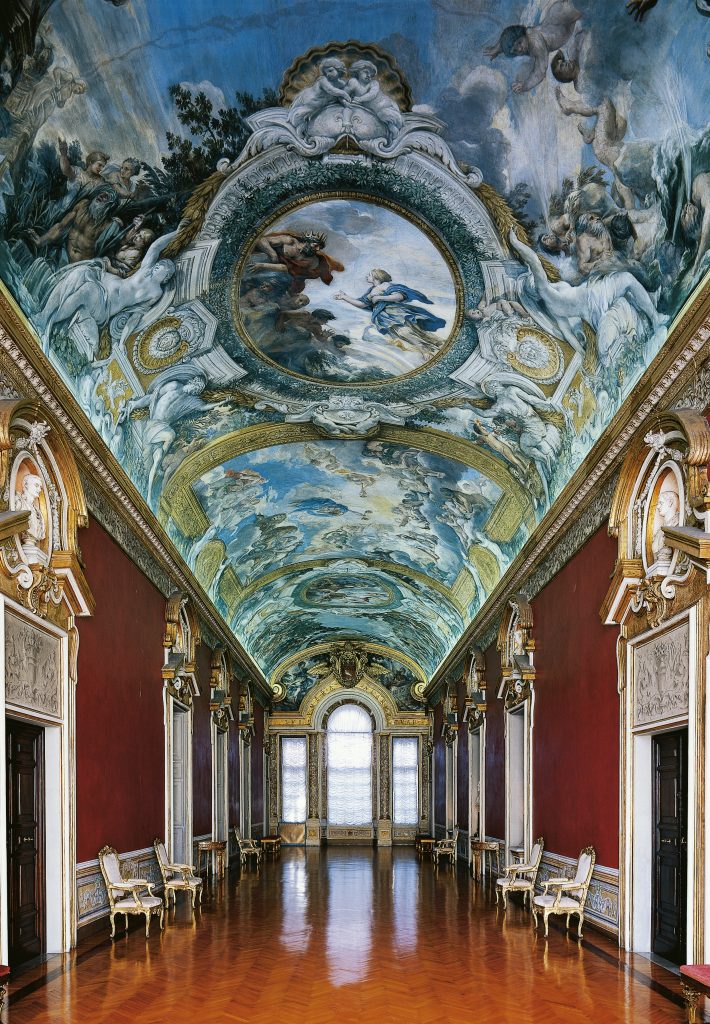
Prepare to be wowed by historic villas and purpose-built showcases stocked with works from Renaissance treasures to American Pop.

Katie White

The Medicis, the Borghese, the Barberini—these are but a few of the famous Italian collecting families with sagas and intrigues so impressive we still repeat their names today (their lives could fill seasons of streaming series).
Indeed, the fruitful and at times fraught relationships between patrons and painters have flourished in Italy perhaps more vividly than anywhere else on earth. From Piedmont to Palermo, the testaments to these collectors’ ambitions fill museums, churches, and historic homes from across the centuries. And patronage is far from a forgotten art, with new generations of industrialists and entrepreneurs taking the helm.
If you’re planning a trip to Italy this summer—or simply dreaming of your own life of leisure—why not add a visit to a private collection to your next European tour? From villas packed with iconic American Pop art to opulent homes filled with Renaissance treasures, this historic nation of collectors has something for every taste.
Discover a few of our favorites below.

A James Turrell skyspace at Villa Panza, Varese, Italy. Photo: Eddy Buttarelli/REDA&CO/Universal Images Group via Getty Images.
About the Collection: Over the course of the 20th century, husband-and-wife collectors Giuseppe and Giovanna Panza di Biumo filled their 18th-century mansion with an impressive collection of American Conceptual art. Their Villa Panza, which is located north of Milan in the charming town of Varese, is surrounded by an exquisite garden visitors can explore. The property has been under the stewardship of the Fondo Ambiente Italiano, or national trust, since 1996, and visitors can schedule day-of visits.
What You’ll Find There: The villa’s exquisite collection includes 150 contemporary artworks by American artists displayed unexpectedly in period rooms amid Renaissance furniture, as well as the Panzas’ prized African and pre-Columbian artifacts. The collection is a true testament to the visionary taste of Giuseppe Panza, who avidly collected Light and Space works well before they were heralded by the mainstream. The villa’s fascinating juxtaposition of artworks from eras ranging from the ancient world to sumptuous 18th-century decorative arts up to the conceptual and contemporary offers intriguing parallels, making easily overlooked motifs new again.
Don’t Miss: Rich in installations by Dan Flavin, James Turrell, and Robert Irwin, the collection is in fact home to the highest number of continuously installed works by Flavin in the world.
Location: Villa Panza, Piazza Litta, 1, 21100 Varese, Italy
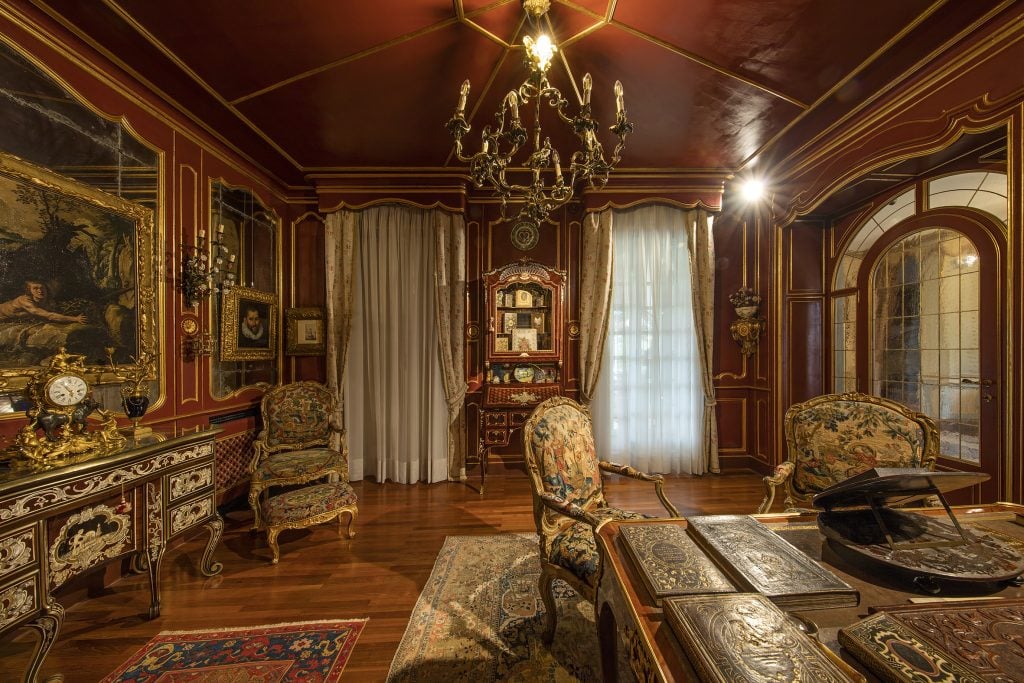
Villa Cerruti. Courtesy of the collection.
About the Collection: In his lifetime, collector and Genoese entrepreneur Francesco Federico Cerruti (1922—2015) kept his holdings shrouded in mystery, hidden away in his villa in Rivoli. Rather than binding himself to a specific focus or period, he simply sought the very best: Cerruti carefully acquired exquisite works dating from the Middle Ages through Futurism up to Pop Art and beyond.
What You’ll Find There: The Cerruti collection is today famed for its prominent holdings of Italian art across the ages, including impressive decorative arts and works by Bernardo Daddi, Bergognone, Pontormo, Amodeo Modigliani, and Alberto Giacometti. The collection’s international holdings are just as impressive, with canvases by Kandinsky, Picasso, Klee, Magritte, Bacon, and Warhol lining the walls. And for the bibliophiles—Cerruti’s covetable book collection is also on view including an Art Deco edition of Marcel Proust’s À la recherche du temps perdu designed by Pierre Legrain.
Don’t Miss: Cerruti was particularly passionate about Giorgio de Chirico’s metaphysical and Surrealist visions—10 works by the artist hang in the villa’s dining room.
Location: Cerutti Collection, Piazzale Mafalda di Savoia, 10098 Rivoli, Italy
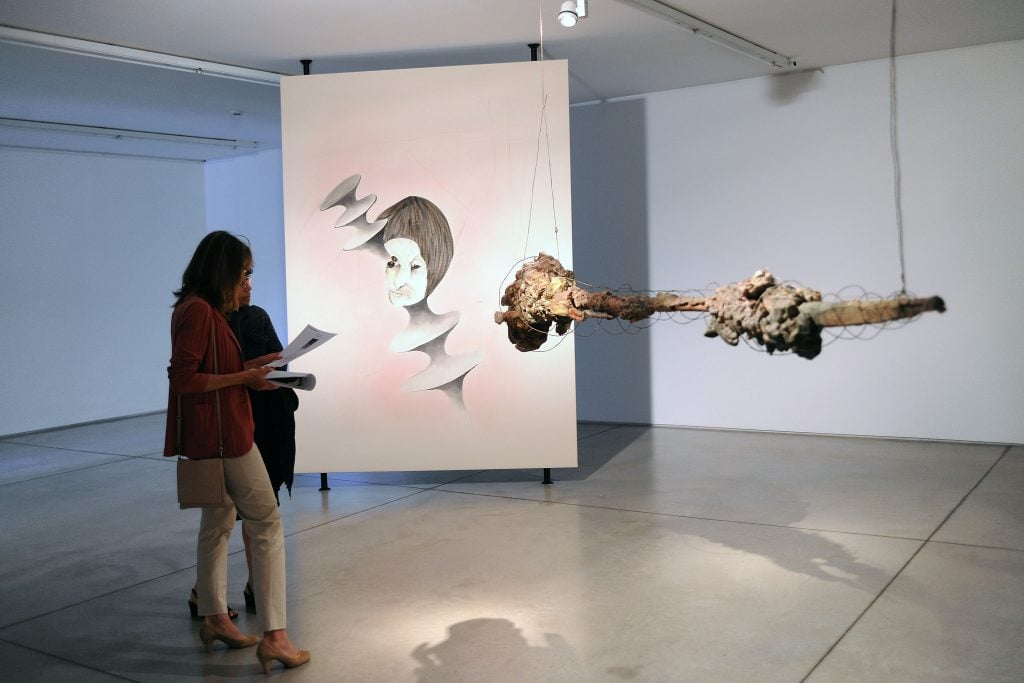
Installation view of the Enrico David exhibition “La Caduta” (the Fall) at Collezione Maramotti on May 16, 2015, in Reggio nell’Emilia, Italy. Photo: Roberto Serra-Iguana Press/Getty Images.
About the Collection: Achille Maramotti, the founder of Max Mara, first conceived of his contemporary art collection in the 1970s and began snapping up works to display in the halls of the fashion house’s headquarters. Today, the collection is on view in a converted industrial space designed by British architect Andrew Hapgood in Reggio Emilia, in Emilia Romagna. The light-flooded building and its landscape are meant to underscore the area’s history of industry and innovation.
What’s On View: The collection features many heavy-hitters of contemporary art, including works by Francis Bacon, Jean-Michel Basquiat, Tom Sachs, and Julian Schnabel, as well as such leading postwar Italian artists as Alberto Burri, Lucio Fontana, Piero Manzoni, and Mario Merz. The space is also home to rotating temporary exhibitions. Interestingly, Maramotti considered the collection a complete work in and of itself, so the museum even today tends to focus the works in context with one another than as discrete works themselves.
Don’t Miss: Eight years ago, the Collezione Maramotti and London’s Whitechapel Gallery established the Max Mara Art Prize for Women. This fall, the museum will open an exhibition of the most recent awardee Emma Talbot who is best known for her mystical large-scale works which are defined by a strong graphic sensibility.
Location: Collezione Maramotti, via Fratelli Cervi 66. 42124 Reggio Emilia, Italy. By appointment only.
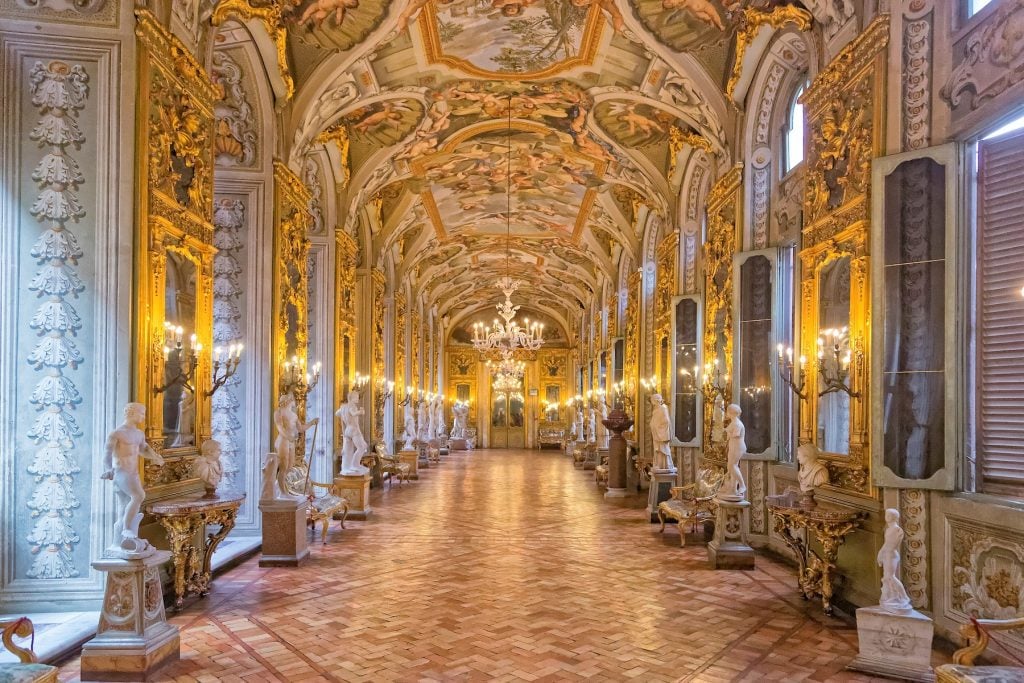
Palazzo Doria-Pamphilj gallery. Photo by Giuseppe Greco/REDA&CO/Universal Images Group via Getty Images.
About the Collection: Rome is home to a bevy of fantastic historic private collections, but if we were to choose just one, it would have to be the exquisite Palazzo Doria Pamphilj. The mansion dates to the 16th century, the residence of members of the esteemed Doria di Oneglia family—relatives of famed Genoese admiral and collector Andrea Doria. Today, the family’s incredible art collection is on view to the public in the halls of the home itself.
What You’ll Find There: Be prepared to crane your neck every which way—not only are the gallery walls adorned with some of art history’s greatest hits, the palazzo itself is dripping with flourishes including numerous painted ceilings. Among the standouts of the collection are Caravaggio’s The Penitent Mary Magdalene (1594–95), Titian’s Salome with the Head of John Baptist (c. 1515), and Velázquez’s Portrait of Innocent X (c.1650).
Don’t Miss: The sumptuous Aldobrandini Room features some of the oldest works in the collection, across the ages including ancient sarcophagi, Roman sculptures, and three Caravaggios.
Location: Palazzo Doria Pamphilj, 305 Via del Corso, 00186 Rome, Italy
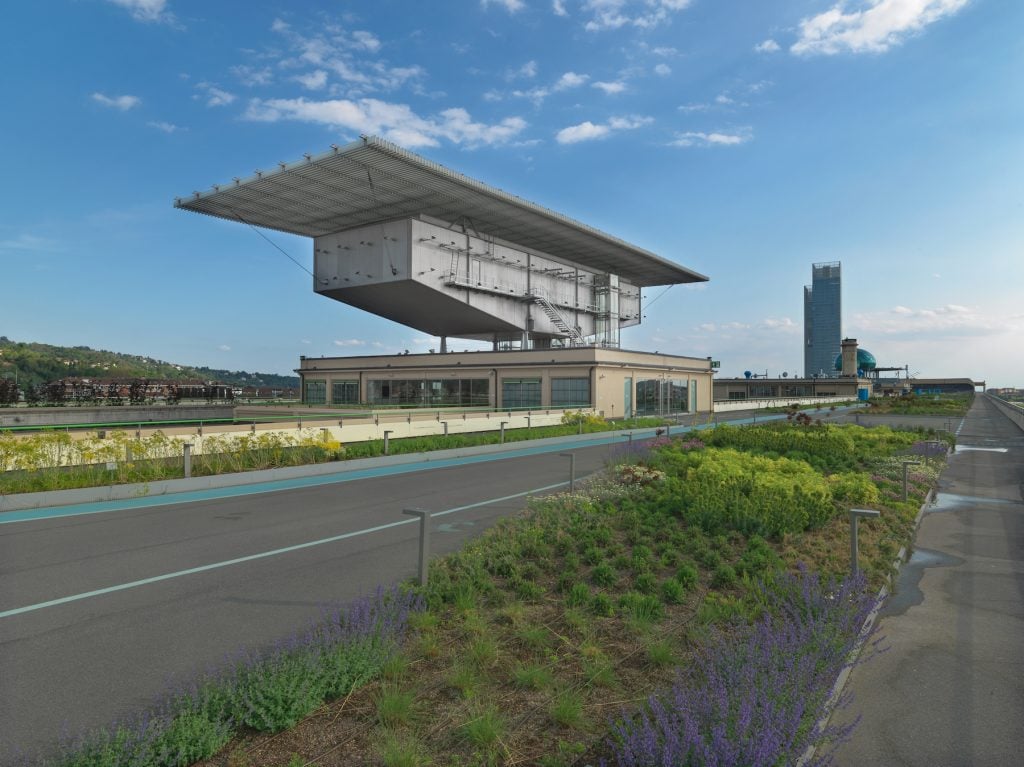
The Renzo Piano-designed Pinacoteca Agnelli. Courtesy of the museum.
About the Collection: The private collection of jet-setting aristocrats Gianni and Marella Agnelli first opened to the public in 2002 on the top floor of the futuristic Renzo Piano-designed Lingotto complex. The building was also home to the FIAT factory until 1982; the famous car company was founded by the Agnelli family in 1899.
What You’ll Find There: The most famous works in the collection are showstoppers: Renoir’s Blonde Bather (1882) and Manet’s La Négresse (1862). The small but stellar collection also includes works by Canaletto, Tiepolo, and Canova, plus Modern works by Matisse and Modigliani, among others. This private collection is also well regarded for its rotating contemporary and modern exhibitions. Currently, the collection is showing an impressive exhibition of works by Picasso and Dora Maar as well as a solo contemporary exhibition by Swiss artist Sylvie Fleury.
Don’t Miss: The rooftop features the famous Fiat racetrack, along with specially commissioned works by international contemporary artists including Shilpa Gupta, Mark Leckey, Nina Beier, and Cally Spooner.
Location: Pinacoteca Agnelli, Via Nizza, 230, 10126 Turin, Italy

Liam Gillick, Prototype Design for Conference Room (With Joke by Matthew Modine arranged by Markus Weisbeck) (1999/2017). Fondazione Sandretto Re Rebaudengo Collection, Turin.
About the Collection: Opened in April 1995, under the direction of prominent Italian collector Patrizia Sandretto Re Rebaudengo, this foundation focuses on education and the development of contemporary artists’ continuing careers, rather than simply acting as a shrine to Re Rebaudengo’s tastes. Today, the Foundation occupies two buildings, the historic Palazzo Re Rebaudengo in Guarene d’Alba, an idyllic 18th-century manor on the Roero hills, and a cutting-edge museum in the city of Turin.
What You’ll Find There: You’ll find rotating exhibitions in both locations, ranging from the Renaissance to the ultra-contemporary. Currently on view, the exhibition “Camminiamo sul ciglio di un istante” brings together the works of emerging artists who tap into aspects of the carnivalesque as a means of offering respite from the monotony of daily life.
Don’t Miss: The foundation’s Art Park lies outside the Palazzo Re Rebaudengo in Guarene and is free of admission. Amid a Nebbiolo vineyard and towering trees, visitors can discover works permanent collection of sculptures by artists including Ludovica Carbotta, Carsten Höller, and Marguerite Humeau.
Location: Fondazione Sandretto Re Rebaudengo, Via Modane, 16, 10141 Turin, Italy
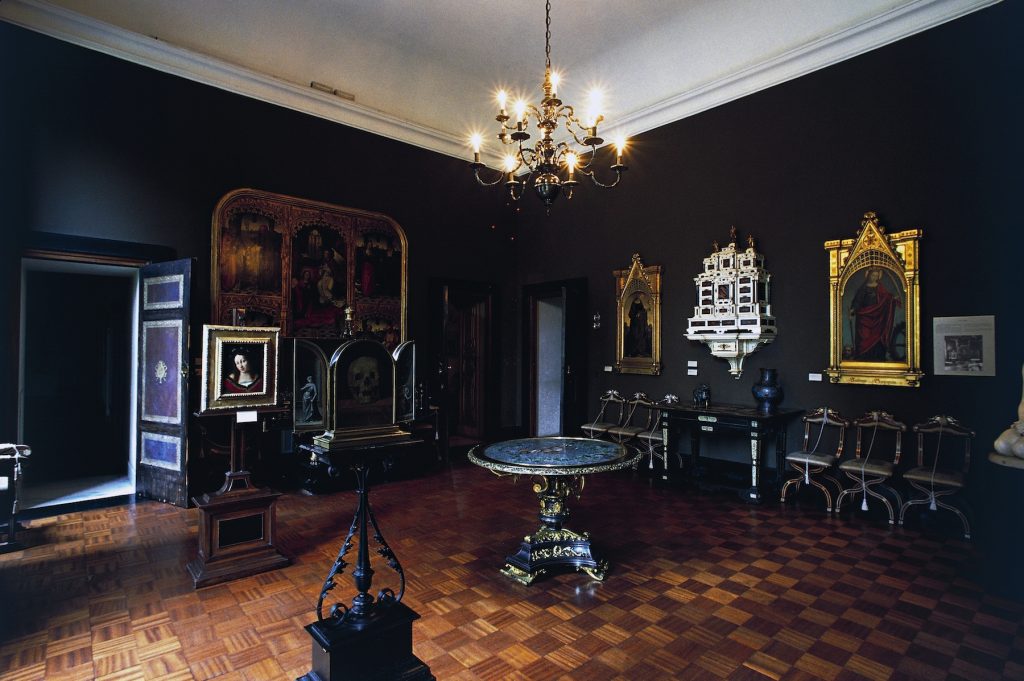
The 19th-century Black Room at Poldi Pezzoli Museum, Milan. Photo: DeAgostini/Getty Images.
About the Collection: This particularly adored Milan house museum showcases the collection of Gian Giacomo Poldi Pezzoli and his mother, Rosa Trivulzio, with origins in the 18th century. The collection, which opened to the public in 1881, is gracefully dispersed across two floors and offers unique rooms in styles ranging from medieval to then-contemporary aesthetics of the Italian Rococo. It’s a dazzling and singular collection that’s often been overlooked in favor of some of Milan’s grander-scale institutions.
What You’ll Find There: Visitors will encounter everything from armor and jewels to sundials, clocks, and Old Master paintings—the collection consists of a remarkable 5,000 works of art and objects. As for paintings, one will find works by Botticelli, Raphael, Piero della Francesca, and Mantenga, among so many others.
Don’t Miss: The gem of the collection, on view in the famed Gold Room, is Piero del Pollaiuolo’s Portrait of a Woman (c.1475).
Location: Museo Poldi Pezzoli, Via Alessandro Manzoni, 12, 20121 Milan, Italy